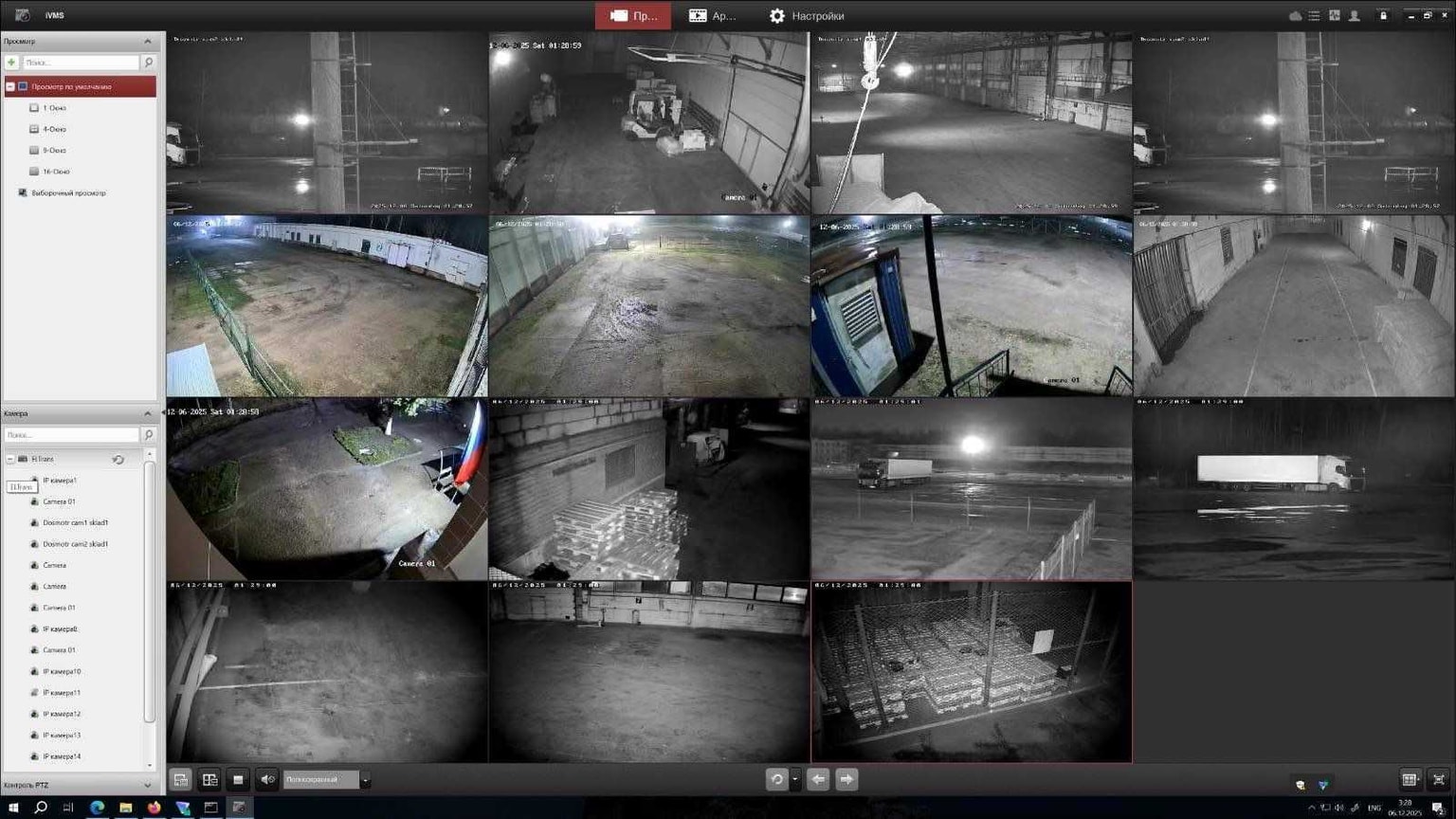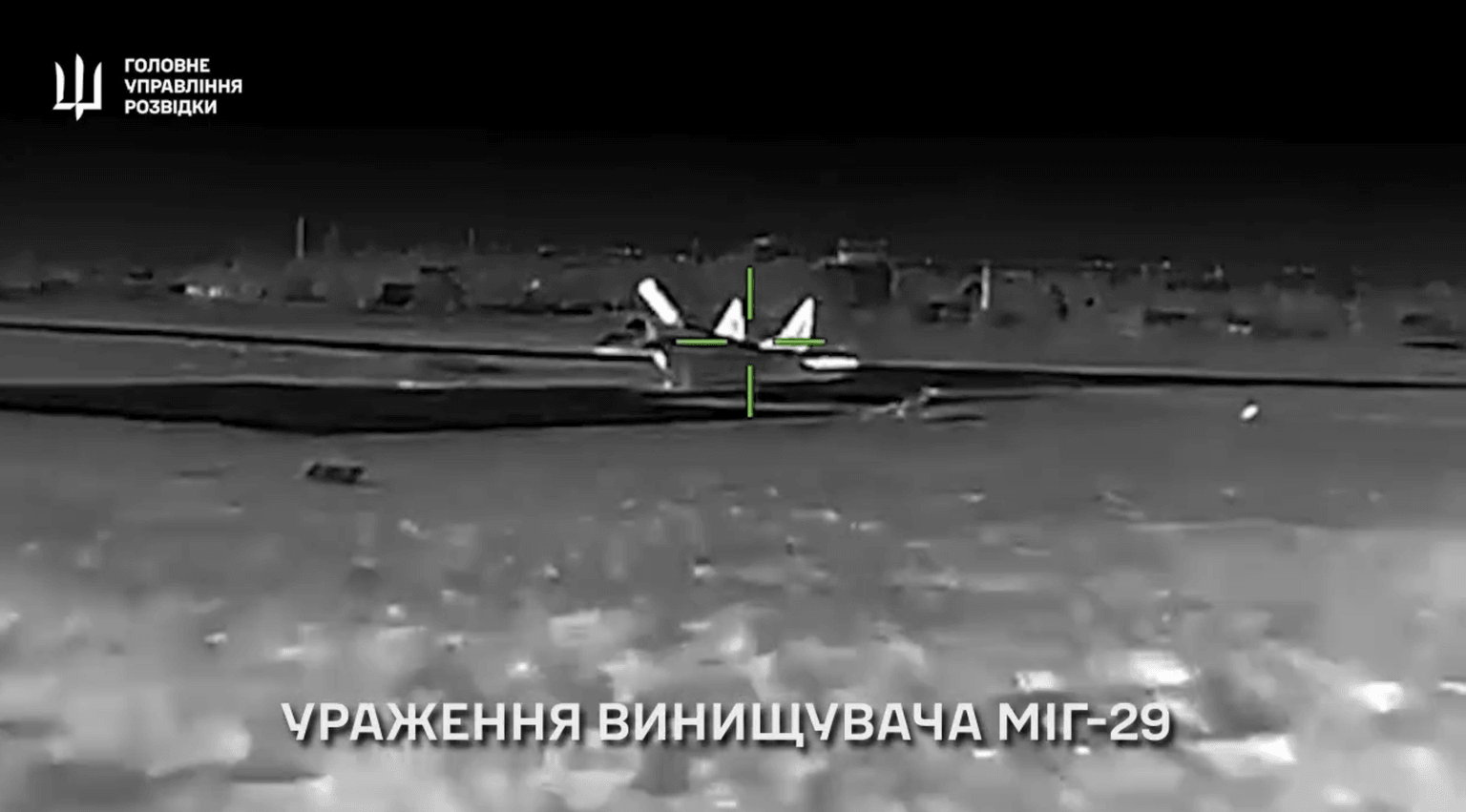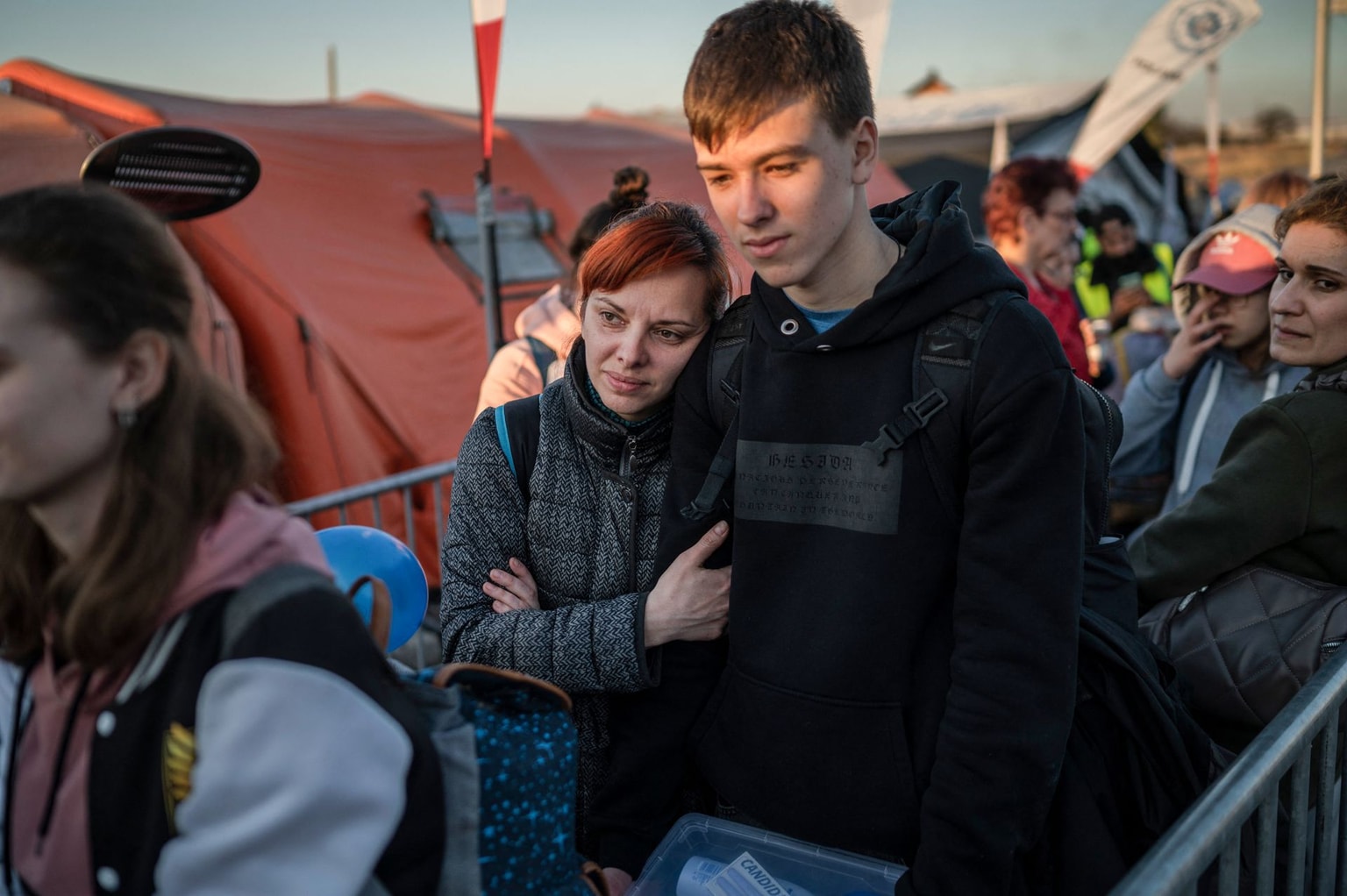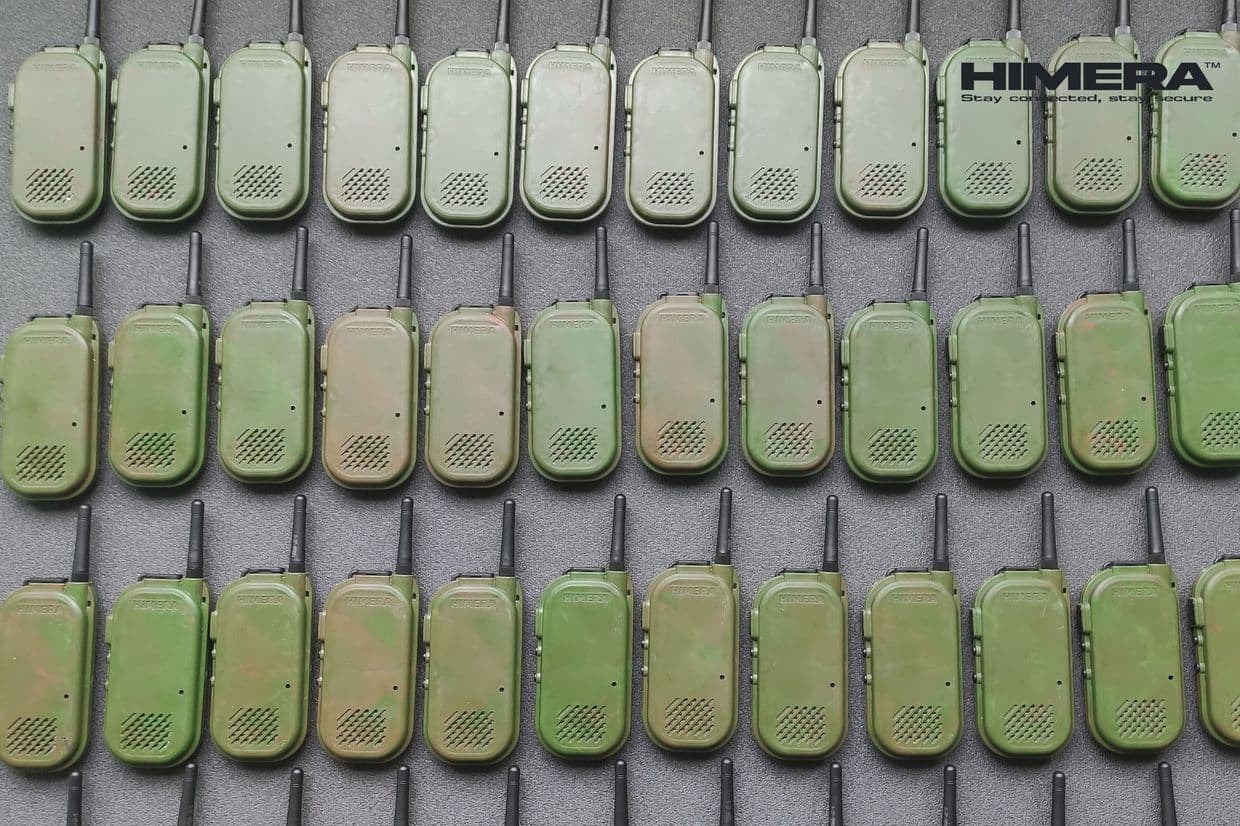
‘Don’t try to build a whole new drone:’ How one Ukrainian wartime startup got into quantum encryption — and the West
A Ukrainian walkie-talkie firm is quantum-proofing its encryption and getting closer to selling its devices to NATO.
Himera, the walkie-talkie startup is adding a new encryption layer to protect against future quantum computing threats. Thousands of Ukrainian troops already use Himera, and NATO is taking interest. (Facebook/Himera)
One Ukrainian startup has rebuilt the humble walkie-talkie to weather the waves of modern electronic war with Russia. With thousands of Ukrainian soldiers already using their handheld comms devices, NATO is tuning in.
Himera, the walkie-talkie startup in question is about to get a new layer of encryption that founder Misha Rudominsky says will guard their devices against the impending arrival of quantum computing on the battlefield — a technological threat that is rattling wartime communications experts worldwide.
More immediately, $1.2 million in fundraising, active EU manufacturing, U.S. Air Force testing, and a distribution deal with a Canadian firm are putting Himera on the threshold of selling to NATO and the U.S. Defense Department itself.
Himera is one of Ukraine’s first startups born in response to Russia’s 2022 invasion to get a shot with the broader world’s biggest armies.
Quantum-proofing battlefield comms
Himera grew out of Rudominsky’s earlier project, Promin Aerospace — like so many Ukrainian startups, a drone company.
It’s a market that Rudominsky found saturated, saying, “There are a hundred companies in every niche who have tried everything,” and advising anyone with startup aspirations not “to build a whole new drone.”
Battlefield communications were, he found, a wide-open area for advancement. Ukrainian soldiers have largely depended on cheap Motorola walkie-talkies never meant to function in battle. By targeting that market, Rudominsky and his team have sold something like 6,000 of their G1 and G1 Pro models to Ukrainian units.
They are not feats of physical engineering — their components are off-the-shelf products that are easy to find within Ukraine or at other workshops in the European Union. But the software is resilient, Rudominsky says.
The hand units link up to mobile phones, allowing encrypted texting and exchange of battlefield planning through apps via radio rather than depending on cell service or Starlink satellites. The complete set-up boasts coveted Ukrainian battlefield testing.
The real inventiveness was in going small — cheap tactical handhelds that operate on low radio frequencies and tiny electrical charges that slip by Russian sensors and jammers.
A new algorithm securing communications between Himera’s devices, says Jay Toth, a representative for Canadian encryption startup Quantropi, will also minimize both required computing power and battery consumption.
“Radio communication, satellite, and video are the three really important data streams on the modern battlefield and we've got a pathway to help with the encryption and security on each one,” Toth told the Kyiv Independent.
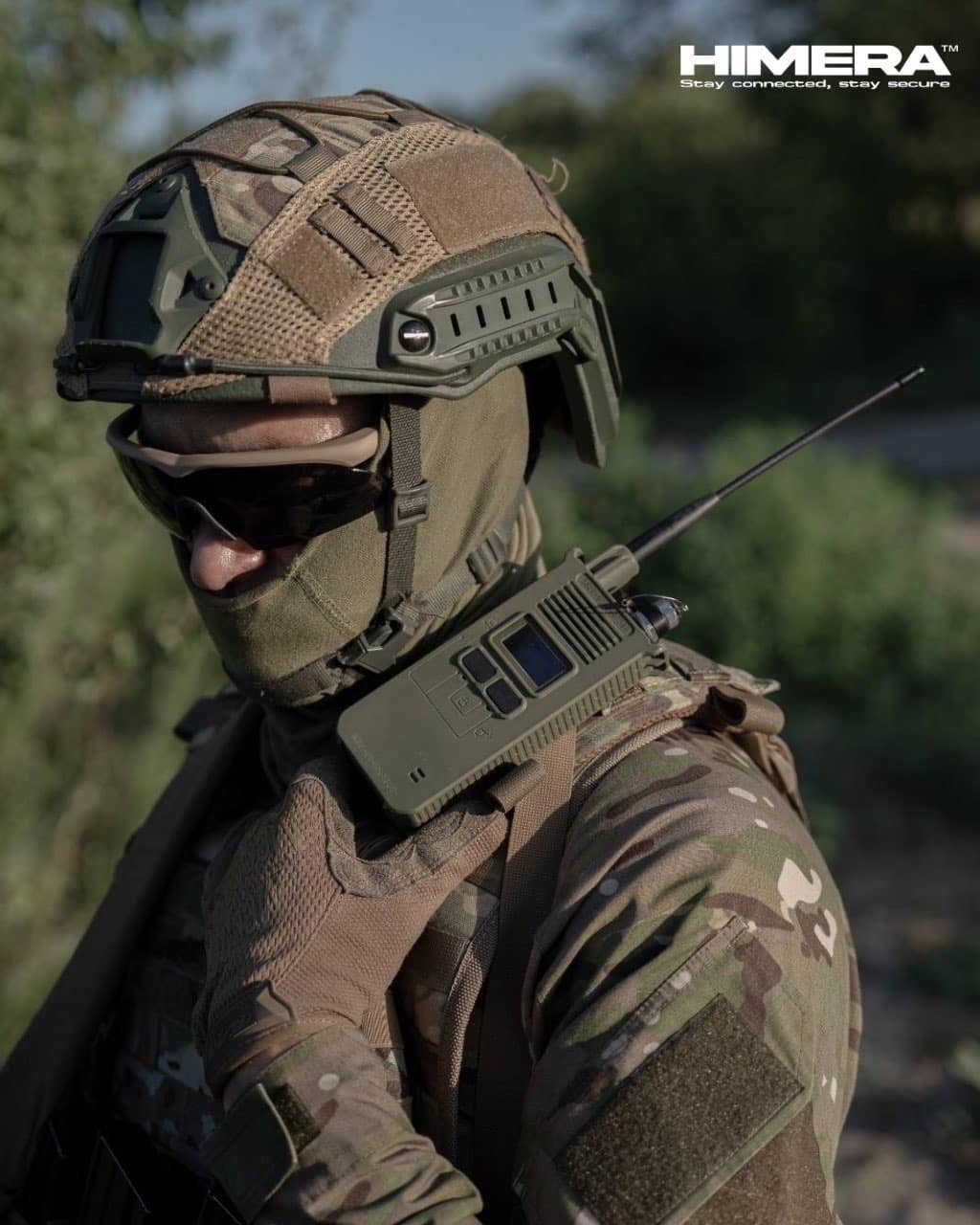
In February, Himera announced a deal with Quantropi to put the Ottawa-based startup’s quantum-prepped encryption algorithms into their systems.
Like top-secret encryption among the U.S. government and elsewhere worldwide, Himera currently uses Advanced Encryption Standard 256, or AES 256 — for decades the gold standard but now under threat from quantum computing.
Quantum computing is forcing cryptographers to reconsider how safe their communications are. In August, the U.S. National Institute for Standards and Technology released new algorithms that jolted cryptographers with a warning to prepare for “quantum computers that would operate in radically different ways from ordinary computers and could break the current encryption that provides security and privacy for just about everything we do online.”
Toth says Quantropi’s default encryption keys are four times the size of AES-256’s, but thanks to different math it runs between “10–14 times faster.” The G1 Pros will, however, still have AES-256 as an option so they can link up with non-Himera devices.
Specifically, says Rudominsky, this matters as more and more of their radio repeaters — larger less mobile units that handle more data — head out to market.
These bigger terminals are prime targets for the “record now, decode later,” in which cyber powers are gathering data encrypted with AES-256 assuming that they’ll be able to break it in a matter of years.
“At some point, we'll have quantum computers,” says Rudominsky. “Is it going to be in five years, 10, or 15 years? We don't really know. But what everyone is betting on — what the Chinese are betting on, what the Americans are betting on, I don't know if the Russians are betting on it yet, but if you have enough capacity as a country to record a lot of information, you can break into some database, you might not be able to decode it, but you can at least record the encrypted information.”
Toth said Himera immediately catches the eye of representatives of upwards of half a dozen NATO militaries he has spoken to. As one of the 17 firms in NATO’s DIANA defense tech accelerator, Quantropi is also getting in on a distribution deal to sell the walkie-talkies Himera is building in the EU to NATO countries. And conversely, Himera is helping Quantropi fulfill its pitch to get its technology on the battlefield.
“What we proposed that got us into the program was using our encryption on these small, resource-constrained devices in the battlefield,” Toth explains. “It wasn't any more specific than that when we made the pitch.”
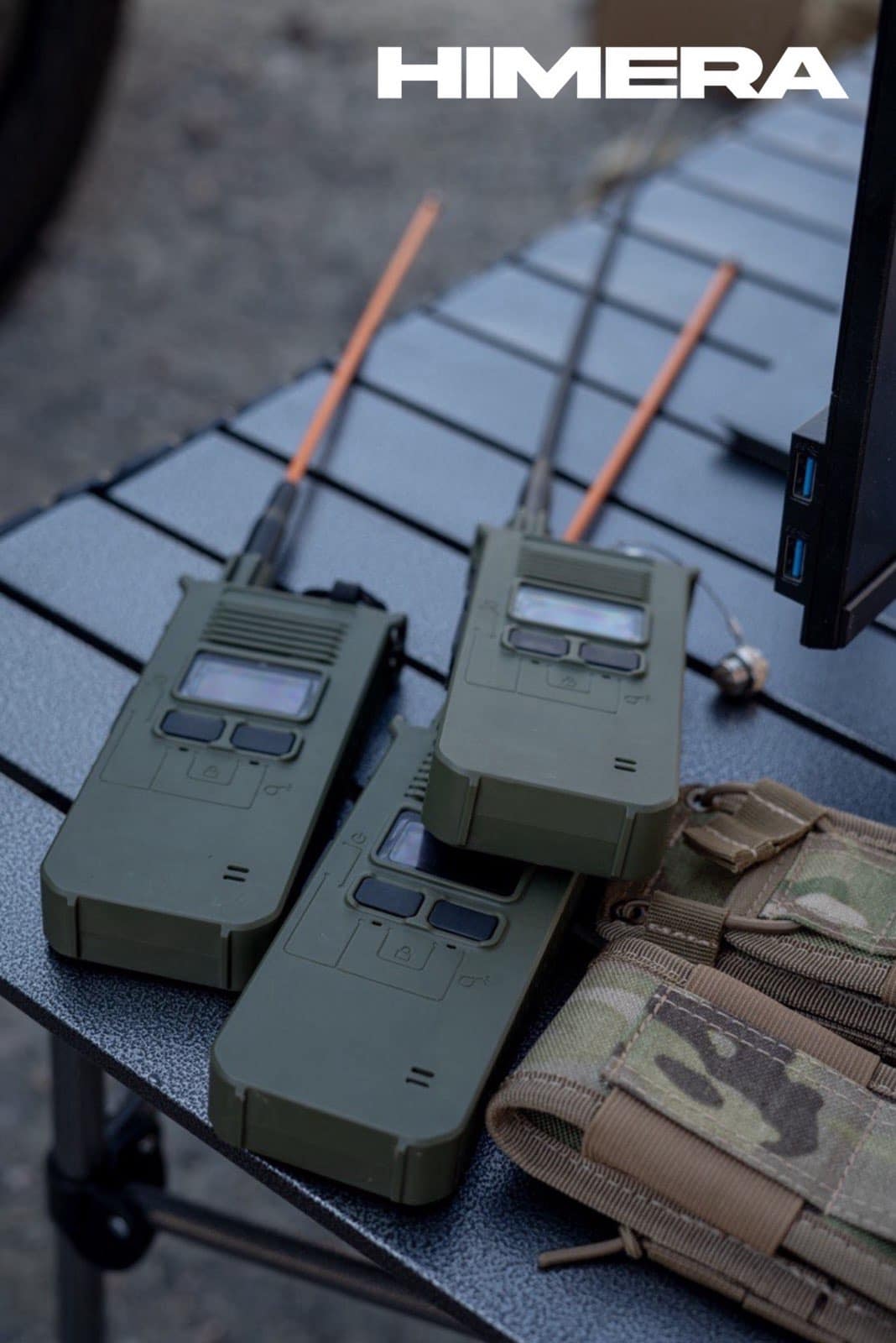
Pentagonal motion
Himera is consequently coming close to the prized market of the U.S. Defense Department. The U.S. Air Force’s Research Lab is currently testing out Himera’s radios, says Toth, who estimates that a report on the lab’s findings will go out in about a month. “We've been told anecdotally that everything is going to be very positive,” he continued.
“The price point of a G1Pro is at a minimum five to ten times less expensive than most tactical radios on the market today,” says Toth. “Every NATO nation I’ve talked to, every NATO Defense Ministry I’ve talked to did a double-take when I told them what the price point was and said ‘Yes, follow up, I’m sending this to my people.’”
Rudominsky similarly foresees a major market among less wealthy militaries in, especially, southeast Asia facing a technologically savvy and increasingly belligerent China.
The U.S. Defense Department in contrast pays tens of thousands of dollars for individual military-grade walkie-talkies from brands like L3Harris.
Rudominsky notes that the U.S. radio giant formally launched its Falcon IV model six years ago but hasn’t released a more compact screen-less version ready for soldiers, despite teasing it. For comparison, he says, “In less than three years, we’ve already launched and sunset our first product.”
“A lot of those companies are lacking in innovation,” says Rudominsky. “They used to be the most advanced products — 10 years ago, I would say at that point, they probably were at the top of what could be done. But then everyone slowed down.”


